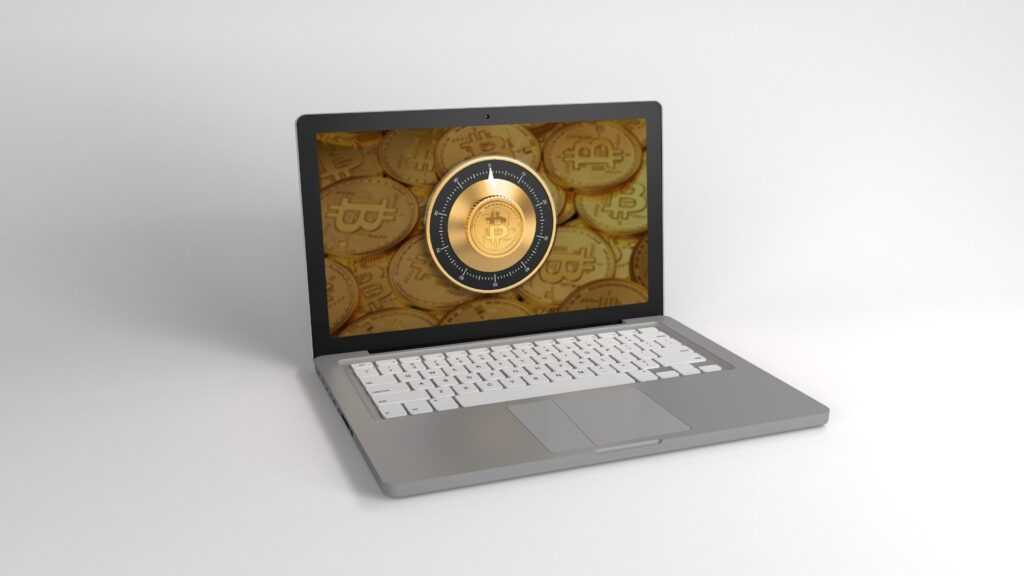Secret Messages
In the world of espionage, secret messages play a crucial role in clandestine operations. Whether encoded in seemingly innocuous letters or hidden within everyday objects, these messages often hold the key to unraveling complex mysteries. Let’s delve into the intriguing realm of secret messages and unravel the fascinating techniques used by spies throughout history.
History of Secret Messages
Throughout history, secret messages have been a cornerstone of espionage. From ancient civilizations to modern intelligence agencies, the art of coding and decoding messages has evolved significantly. One of the earliest recorded instances of secret communication dates back to the time of Julius Caesar, who used a simple substitution cipher known as the Caesar cipher to encrypt his military communiques.
Moving forward in time, the use of secret messages became more sophisticated and intricate. During World War II, the enigma machine was employed by the Germans to encode their communications, presenting a formidable challenge to Allied codebreakers. The efforts of codebreakers such as Alan Turing at Bletchley Park led to the successful decryption of these messages and played a pivotal role in turning the tide of the war.
Techniques Used in Secret Messages
Invisible Ink
One classic technique used in secret messages is the application of invisible ink. From lemon juice to special chemical solutions, spies have ingeniously concealed vital information within plain sight. By carefully exposing the hidden message to heat or another activating agent, the invisible ink is revealed, providing access to the confidential content.
Encryption
Encryption is another fundamental technique employed in creating secret messages. By scrambling the original message using complex algorithms and keys, spies can ensure that only the intended recipient can decipher the information. Whether through symmetric or asymmetric encryption methods, safeguarding the integrity of the message is paramount in the world of espionage.
Steganography
Steganography, the art of hiding messages within seemingly innocuous carriers, is a technique that has been used for centuries. From embedding messages in images or concealing them within audio files, spies have leveraged steganography to evade detection and transmit information covertly. The famous use of microdots during the Cold War is a prime example of this covert communication method.
Modern Applications of Secret Messages
In today’s digital age, the use of secret messages has transcended traditional methods and entered the realm of cybersecurity. With the rise of encrypted messaging apps and secure communication channels, individuals and organizations can exchange sensitive information without fear of interception. Endtoend encryption protocols ensure that only the sender and recipient can access the contents of the message, safeguarding privacy and confidentiality.
Moreover, the field of cybersecurity constantly evolves to counter emerging threats and vulnerabilities. Advanced encryption standards such as RSA and AES offer robust protection against malicious actors seeking to intercept or manipulate sensitive data. By staying ahead of technological advancements, cybersecurity experts continue to enhance the security of digital communications and thwart potential attacks.
In conclusion, secret messages remain a vital component of espionage and cybersecurity, playing a crucial role in safeguarding sensitive information and intelligence. From ancient civilizations to modernday applications, the art of encoding and decoding messages continues to intrigue and captivate enthusiasts worldwide. As we unravel the mysteries of secret messages, we gain a deeper appreciation for the ingenuity and resourcefulness of those who employ these techniques in pursuit of their objectives.
Uncover the secrets of sauamatk and embark on a journey through the clandestine world of covert communication.






